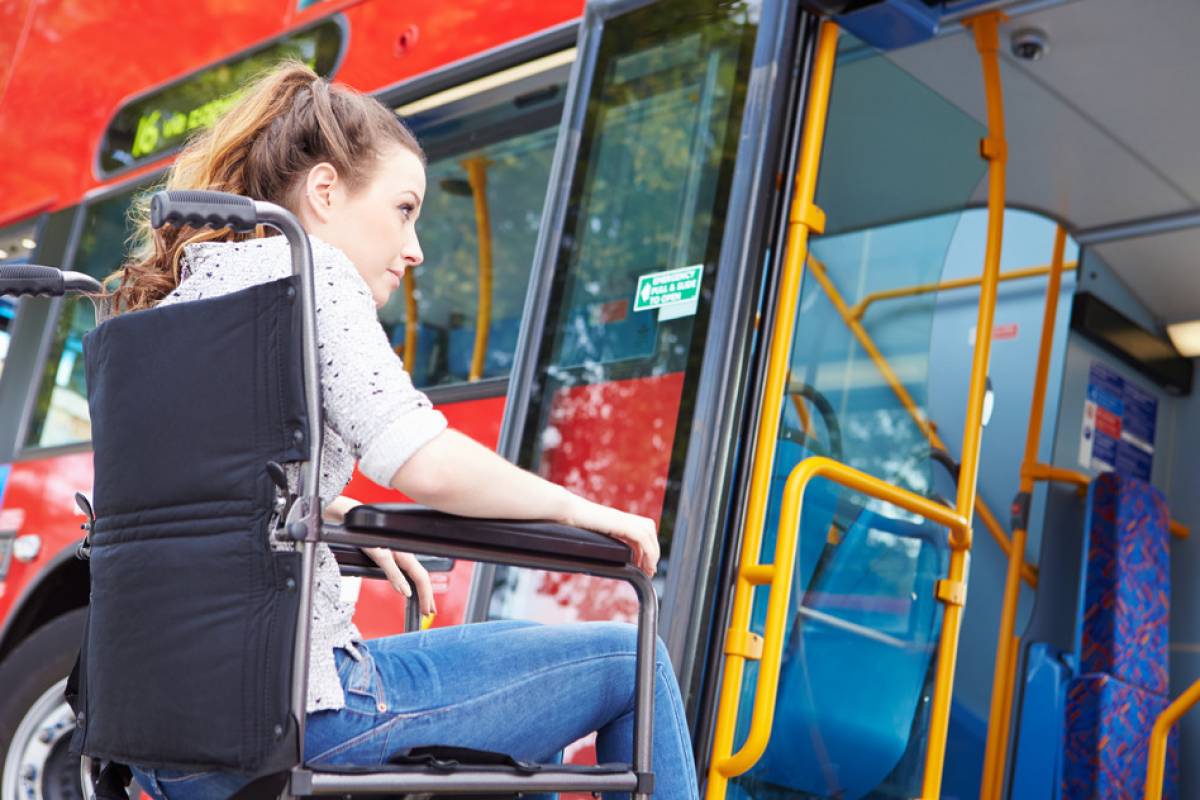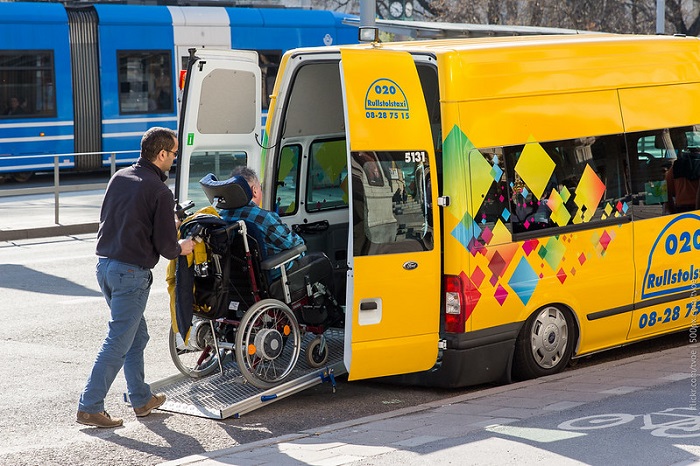How to Facilitate Disabled People Commute, Take a Taxi, or Rideshare

We see many causes all around us, all over the world, but too few of these are aimed at making life easier for disabled people, or at least providing solutions for persons living with disability to enable an easier way for them to take a ride.
Fortunate, people who’ve made driving their job, like rideshare drivers, do care.
If you are a rideshare driver, taxi driver, transport entrepreneur, or other concerned party in vehicle transportation, it’s important to consider the disabled passenger and modify your vehicles to accommodate them.
For example, you can opt for wheelchair-accessible vans, which are vehicles that are modified to accommodate the transportation of disabled people.
The vehicle’s interior is increased so it can fit wheelchairs, but it also includes the accessibility of the wheelchair to the van, typically featuring a powered lift or a wheelchair ramp to facilitate the entering process itself.

Loading a disabled person to a wheelchair accessible van. Photo: Jay/Flickr
Covering Transportation of Disabled Persons
Before modifying a vehicle to accommodate disabled passengers, one needs to take out comprehensive insurance, such as rideshare insurance or Uber insurance policies. This is because vehicles of this nature are often expensive and would be costly to repair.
Unfortunately, not all rideshare insurances cover rideshare. In fact, many of them are not even in effect if you are using your car for business purposes. This is something you need to factor in. But there are special cases that consider these aspects of insurance.
Before purchasing a wheelchair accessible vehicle, or modifying your own, sort out your insurance policy cover. Once that is done, you can move to the next steps, including not only facilitating travel for disabled persons, but also providing comfort for them.
Providing Comfort to Disabled Passengers
To provide comfort to a disabled passenger, at the bare minimum, a disabled person must be able to access the vehicle without help from other people.
Secondly, the vehicle’s interior must be big enough and comfortable enough for the intended travel.
Naturally, traveling distance also affects comfort. With greater distance, the level of comfort also must increase, as it is the case with all other types of passengers.
Modifying Vehicles to Accommodate Disabled Passengers
Modifications made to vehicles to accommodate disabled passengers branch out in many directions, but they are primarily divided into two broad categories based on whether the disabled person is the driver or the passenger.
Modifications may include, but are not limited to:
- Lowering the car’s interior floor, typically the rear seat section, by up to 14 inches
- Lowering the side entry by up to 14 inches
- The doors must open to a height of 56 inches or higher
- A ramp must be at least 30 inches wide or more, with 2-inch edges and an angle of a 6:1 ratio
- Providing a rear entry, that is the easiest way to provide entry and transportation to wheelchair passengers
- Seating modifications made in a way to make room for the wheelchair; sometimes the front seats are also removed if the disabled person is the driver or is to sit in the front seat position; or the back seats are removed to provide enough room for the wheelchair, with a lowered floor
- Various external access modifications added; besides the mentioned ramp, these may include a rotating seat or a lift
- The rear-end suspension of the vehicle is to be raised with taller springs; this is a typical modification, and it allows for extra weight and ground clearance, which compensates for the lower floor as well
- Power kneel systems can be installed to ease the ramp’s slope angle
- Fuel lines and gas tanks sometimes need to be modified, brake lines rerouted, door panels may need extending, electricity lines may also need rerouting, etc.…
For inspiration when modifying your vehicle to accommodate disabled passengers, you can check out some of the best wheelchair-accessible taxis. According to reputable sources and user reviews, some of the best wheelchair taxi services in the world include:
- Yellow Checker Cab (San Jose/California)
- Silver Top Taxi (Melbourne and Sidney/Australia)
- Diamond Cab (Hong Kong/China)
- QuickMed Transportation (Los Angeles/California)
All of the mentioned wheelchair taxi services have great user ratings on the web and are recommended by many people who have tried them. Their vehicles adhere to all of the mentioned standards above, regarding both ease of access and comfort of traveling, and can provide great inspiration.















![9 Tips for Managing Your Online Writing Projects Efficiently [node:titile]](/sites/default/files/styles/video_thumbnail_bottom/public/open-book-laptop-online-writing-tips.jpeg?itok=rI4zR3a-)





![How Bloodborne Pathogen Training Works for Businesses [node:title]](/sites/default/files/styles/video_thumbnail_bottom/public/man-woman-white-robes-ppe-tube-glass-blood-slide.jpg?itok=2Pjvk9J0)
